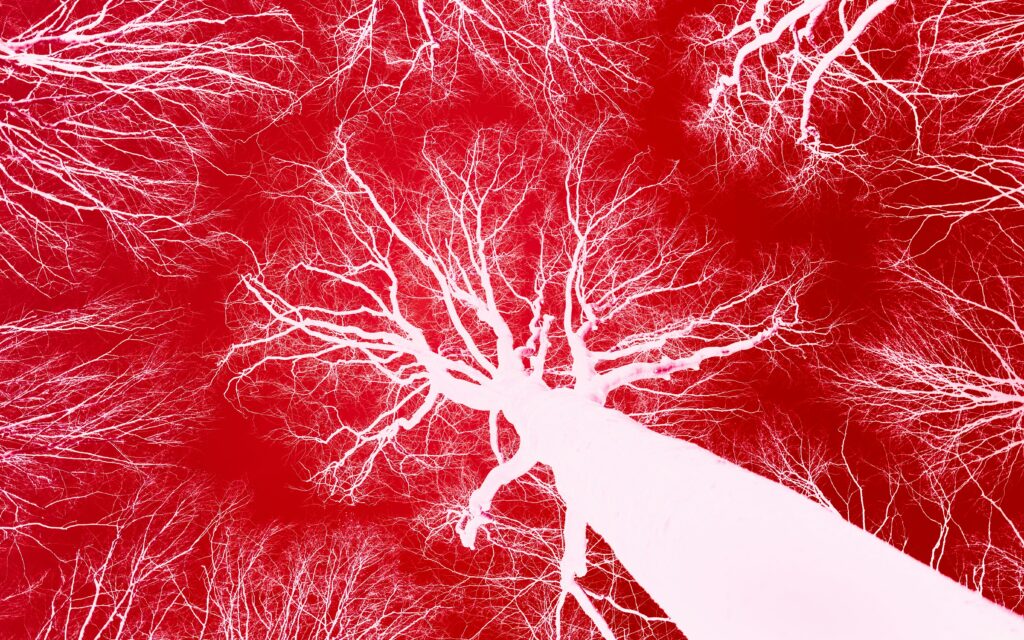How Chiropractic Care Enhances Post-Workout Recovery and Supports Long-Term Performance

Recovery is a pillar of athletic performance that can incorporate different facets, both active and passive. Many people rely on sleep, hydration, and a day off from training to help their bodies bounce back. While these are essential, recovery is far more complex and active than most people realize. One of the most effective yet underused tools in recovery today is chiropractic care.
Chiropractic treatment is no longer limited to relieving back or neck pain. Today, it plays a significant role in supporting athletic recovery, improving movement efficiency, and enhancing overall physical resilience. From gym-goers to professional athletes, people are incorporating chiropractic care into their routines to reduce soreness, correct imbalances, and keep the body functioning at its best.
What Chiropractic Care Does
At its core, chiropractic care focuses on restoring proper alignment, movement, and communication within the body. Chiropractors assess how the spine, joints, muscles, and nervous system interact, then use manual techniques to correct any dysfunction.
The most common chiropractic techniques include:
- Spinal adjustments to improve alignment, mobility, and nerve flow
- Joint mobilization to increase range of motion in stiff or restricted areas
- Soft tissue therapy to reduce muscle tension and release adhesions
- Corrective exercises to strengthen weak areas and reinforce alignment
- Postural analysis to identify imbalances that could impact performance or recovery
When these methods are used together, the body becomes more structurally balanced, more neurologically efficient, and better equipped to handle physical stress, especially after intense training.
Key Ways Chiropractic Care Supports Post-Workout Recovery
- Relieves Muscle Tightness and Improves Circulation
After a workout, muscles are inflamed, full of lactic acid, and often tight. Chiropractic soft tissue techniques help reduce this tension and increase blood flow to damaged areas, which speeds up the delivery of oxygen and nutrients needed for repair. - Restores Joint Mobility and Alignment
Heavy lifting, running, and repetitive movements can cause subtle misalignments in the spine and extremities. Even small changes in joint alignment can reduce efficiency and increase strain on nearby muscles and tendons. Adjustments help realign the body and restore normal range of motion, making it easier to move pain-free. - Supports the Nervous System for Faster Recovery
The nervous system controls muscle contraction, coordination, pain response, and healing. When the spine is misaligned, it can interfere with nerve signaling. Chiropractic care helps remove those interferences, promoting better nerve communication and a more balanced state for recovery. - Reduces Inflammation and Soreness
Some chiropractic adjustments have been shown to reduce inflammatory cytokines in the body. Lower inflammation can result in less soreness and better tissue repair following workouts. - Prevents Future Injury by Addressing Imbalances
Many athletic injuries come from movement patterns that are inefficient or imbalanced. Chiropractors assess how an individual moves, identifies risky patterns, and helps correct them. This reduces strain on joints, tendons, and ligaments, preventing injury before it happens. - Improves Posture and Functional Movement
Poor posture can worsen after long workouts, especially when fatigue sets in. Chiropractic care restores posture by improving spinal alignment and engaging the core and stabilizers, helping the body hold better form during training and throughout the day.
Ideal Times to Schedule Chiropractic Sessions for Recovery
The timing of chiropractic care can significantly impact its effectiveness. Here are some ideal scenarios:
- Within 24 to 48 hours post-workout to address tightness or reduced range of motion
- During recovery weeks or off days to support mobility and alignment without intense effort
- After competitions or races to flush out tension and prevent overuse issues
- When soreness lasts longer than expected, especially when it is accompanied by stiffness, numbness, or reduced mobility
- Following minor injuries like strains or joint discomfort to support faster rehabilitation
Consistency is key. Many athletes schedule visits every two to four weeks as part of a preventative maintenance plan, not just when something feels wrong.
Choosing the Best Chiropractor for Post-Workout Recovery
Not all chiropractors use the same techniques or approach recovery in the same way. Just like with personal trainers or physical therapists, finding the right fit matters. Choosing a chiropractor who understands athletic recovery, movement mechanics, and performance goals ensures the care you receive is both safe and effective. Here are key factors to consider when selecting a chiropractor to support your fitness recovery:
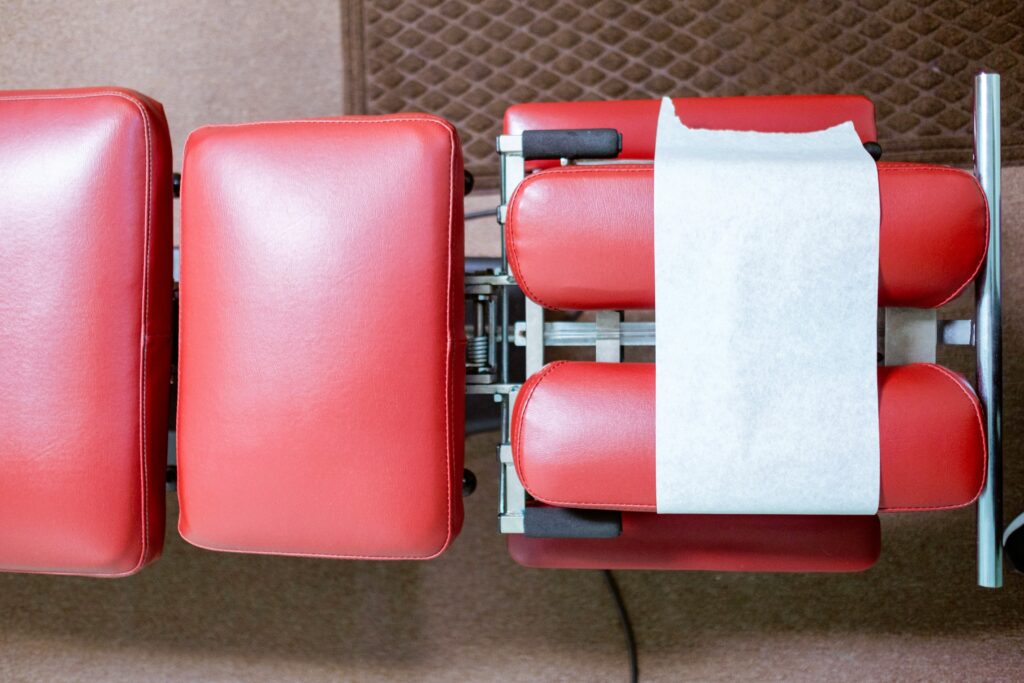
1. Look for Experience in Sports or Functional Movement
Chiropractors who specialize in sports medicine, rehabilitation, or functional movement typically have a deeper understanding of athletic demands. They are more likely to incorporate soft tissue work, mobility techniques, and exercise prescription into your care, which leads to more complete recovery.
Tip: Ask if they have worked with athletes, runners, lifters, or active populations.
2. Check for a Whole-Body Approach
The best chiropractors treat more than just symptoms. They look at posture, movement patterns, gait, and training history to uncover root causes. A provider who integrates spinal adjustments with corrective exercises, muscle work, and education will offer far greater benefit than one who only performs quick adjustments.
3. Verify Credentials and Techniques Used
Ensure the chiropractor is licensed in your region and in good standing with your local regulatory body. It is also helpful to ask what techniques they use. Popular and effective techniques for athletes include:
- Diversified adjustments for joint mobility
- Active Release Technique (ART) or Graston Technique for soft tissue therapy
- Kinesiology taping for support and inflammation control
- Functional Movement Screening (FMS) or similar assessments
Chiropractors trained in these methods tend to offer more comprehensive care.
4. Pay Attention to Communication Style
You want a chiropractor who listens carefully, explains your treatment plan clearly, and adapts based on your progress. Good communication builds trust and ensures your care stays aligned with your training goals.
Tip: A consultation or phone call can help you assess whether their approach feels supportive and collaborative.
5. Ask About Integration with Other Professionals
If you are already working with a trainer, coach, or physiotherapist, choose a chiropractor who is open to collaboration. Recovery is more effective when practitioners communicate and align their strategies.
6. Read Reviews and Ask for Recommendations
Look for online reviews from clients with similar fitness goals. Ask around in your gym, running group, or fitness community. Athletes often know which practitioners are both knowledgeable and approachable.
What to Expect from a First Visit
During your first session, a qualified chiropractor will typically:
- Review your health and fitness history
- Conduct a movement or posture assessment
- Identify any joint restrictions or muscular imbalances
- Create a personalized treatment plan
- Offer recovery or mobility recommendations specific to your activity level
They may also provide take-home exercises, lifestyle tips, and recommend tools or supplements that align with your recovery goals.
Choosing a chiropractor is about partnership, not just treatment
The right chiropractor should feel like part of your support team, helping you stay mobile, aligned, and injury-resistant throughout your training journey. When you find one who understands movement and recovery as well as adjustments, you will get more than a quick fix — you will gain a long-term resource for better performance and faster healing.
Complementary Tools and Products That Work with Chiropractic Care
To get the most from chiropractic recovery, integrating daily tools and habits can maintain results between sessions:
Foam Rollers and Massage Balls
These help maintain soft tissue mobility and reduce muscle tension in between chiropractic visits. They are especially helpful for the quads, hamstrings, calves, lats, and upper back. One highly rated option for foam rollers is the TriggerPoint Grid Foam Roller:
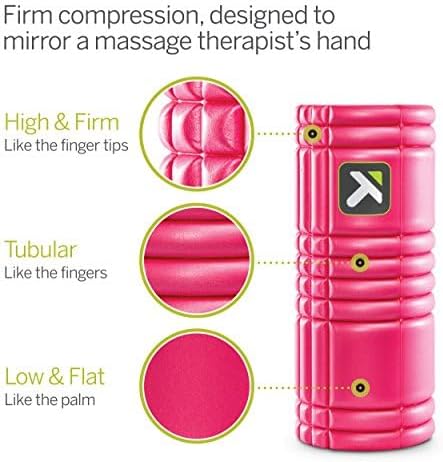
A great option for massage balls is the 4KOR Massage Ball Set:
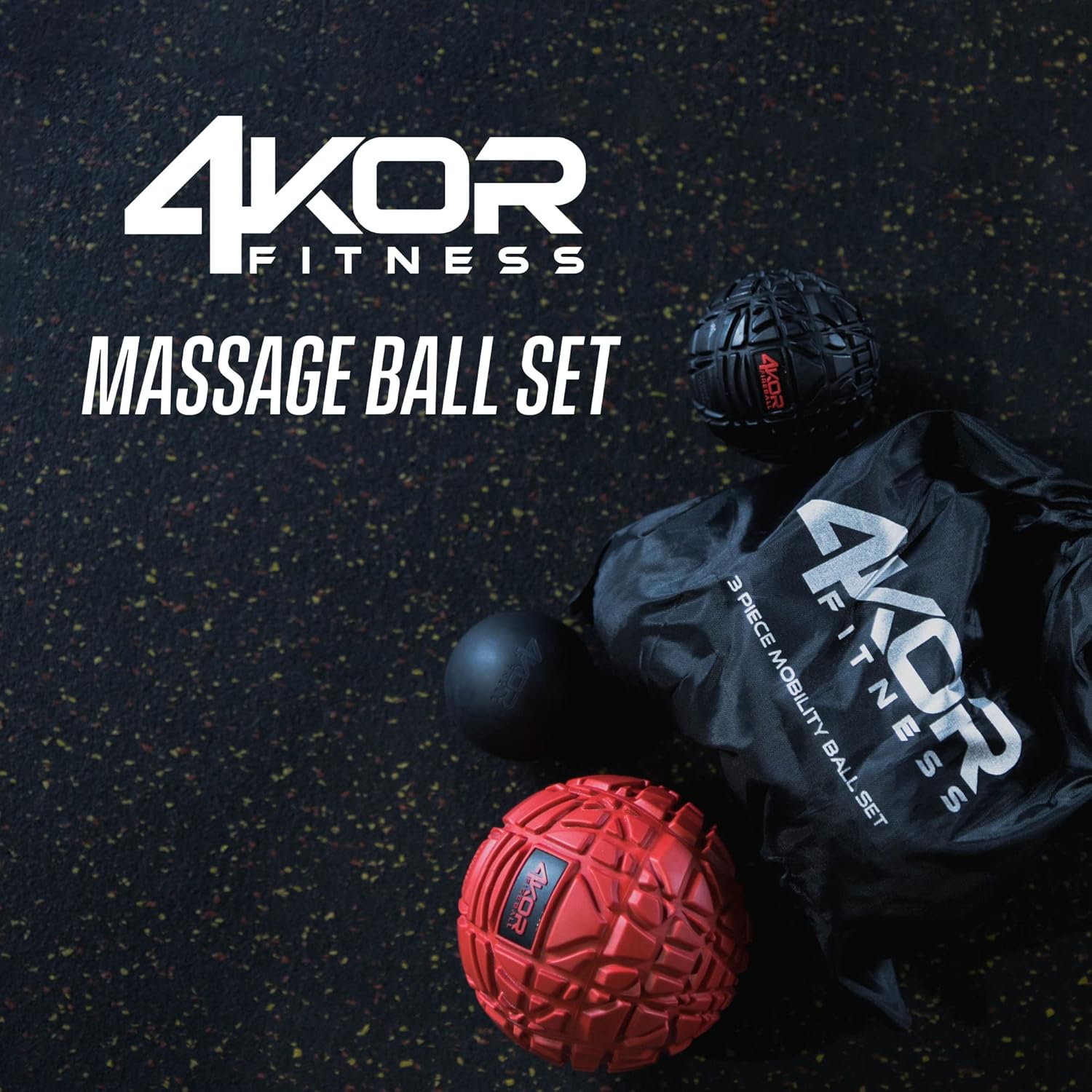
Resistance Bands
Useful for mobility drills, activation exercises, and posture correction. Bands are often recommended by chiropractors for home exercises that strengthen stabilizing muscles. The Veick Resistance Bands Set is offers a good range of band strengths to have on hand:
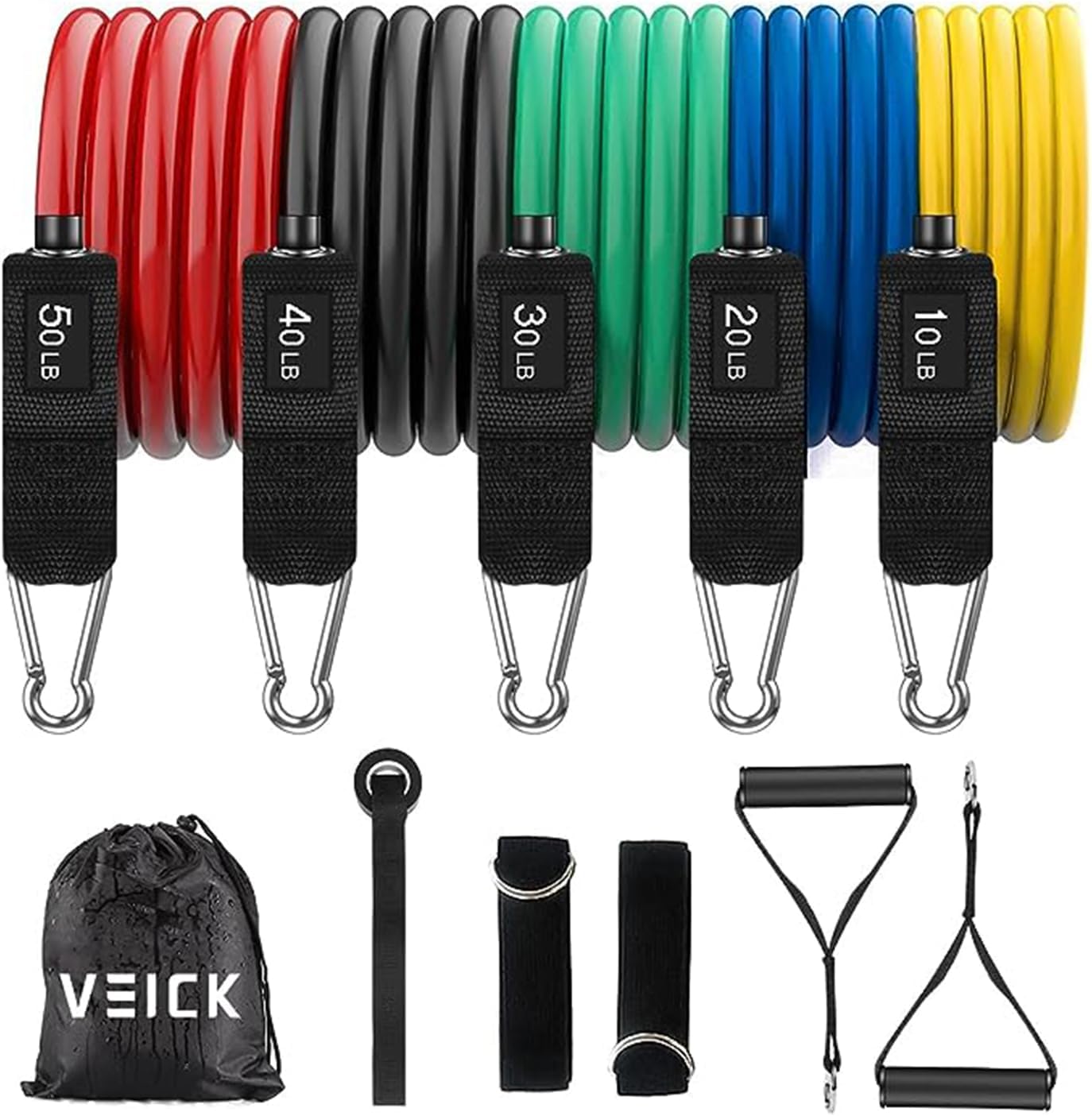
Percussion Massagers
Devices like the Theragun Therabody Handheld or Hyperice Hypervolt can help loosen muscles, promote circulation, and support chiropractic adjustments by keeping tissues pliable.

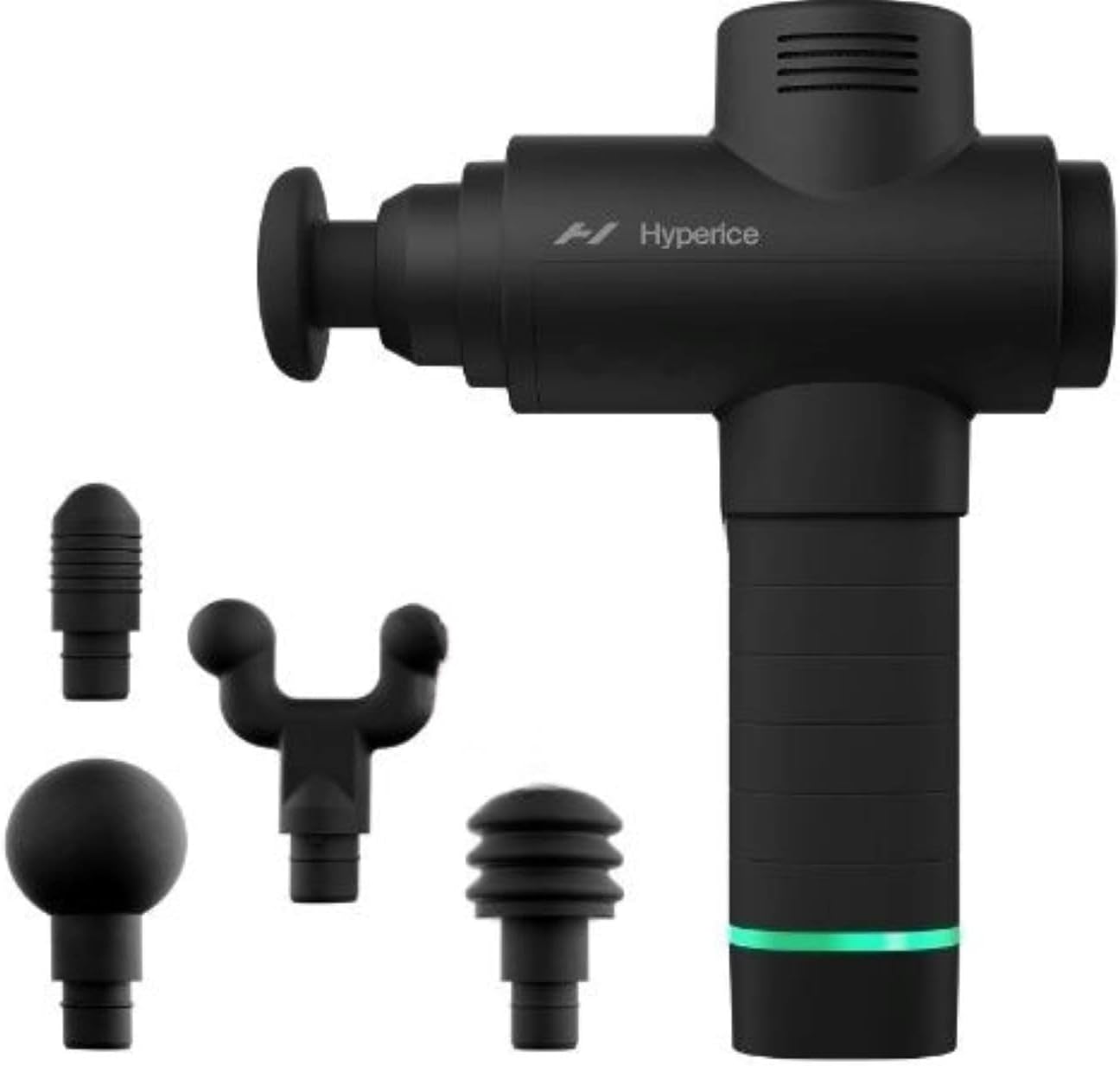
Kinesiology Tape
Some chiropractors use tape to stabilize joints, reduce swelling, and support posture. Tape can help prolong the benefits of adjustments and reduce discomfort from muscle fatigue. Care Science Waterproof Kinesiology Tape is copper-infused and comes in precut strips.
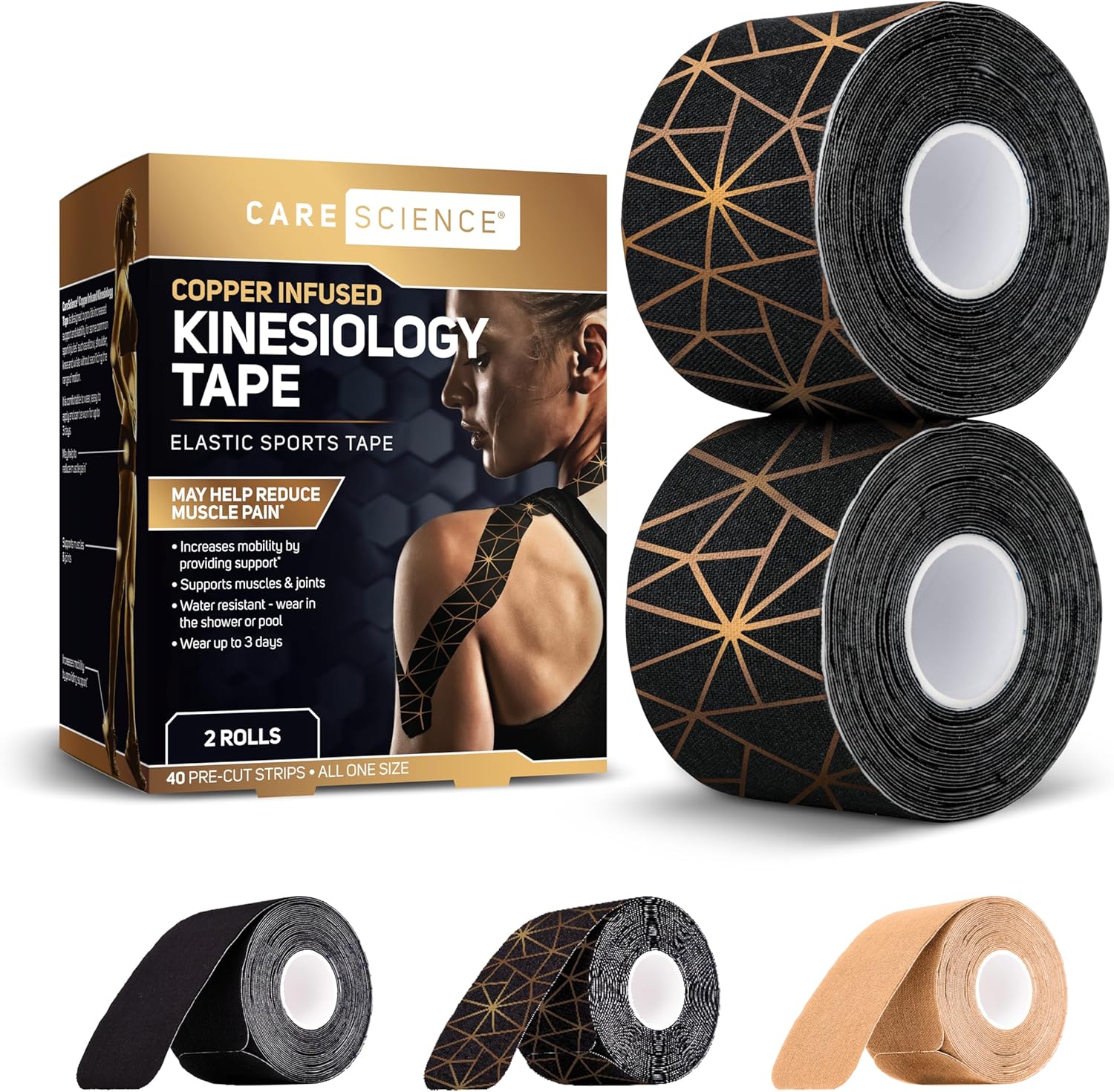
Proper Footwear or Orthotics
Many structural issues start at the feet. Supportive shoes or custom orthotics help keep the hips, knees, and spine aligned during movement and workouts. The Spenco Insoles Polysorb Cross Trainers works for a variety of different sports:
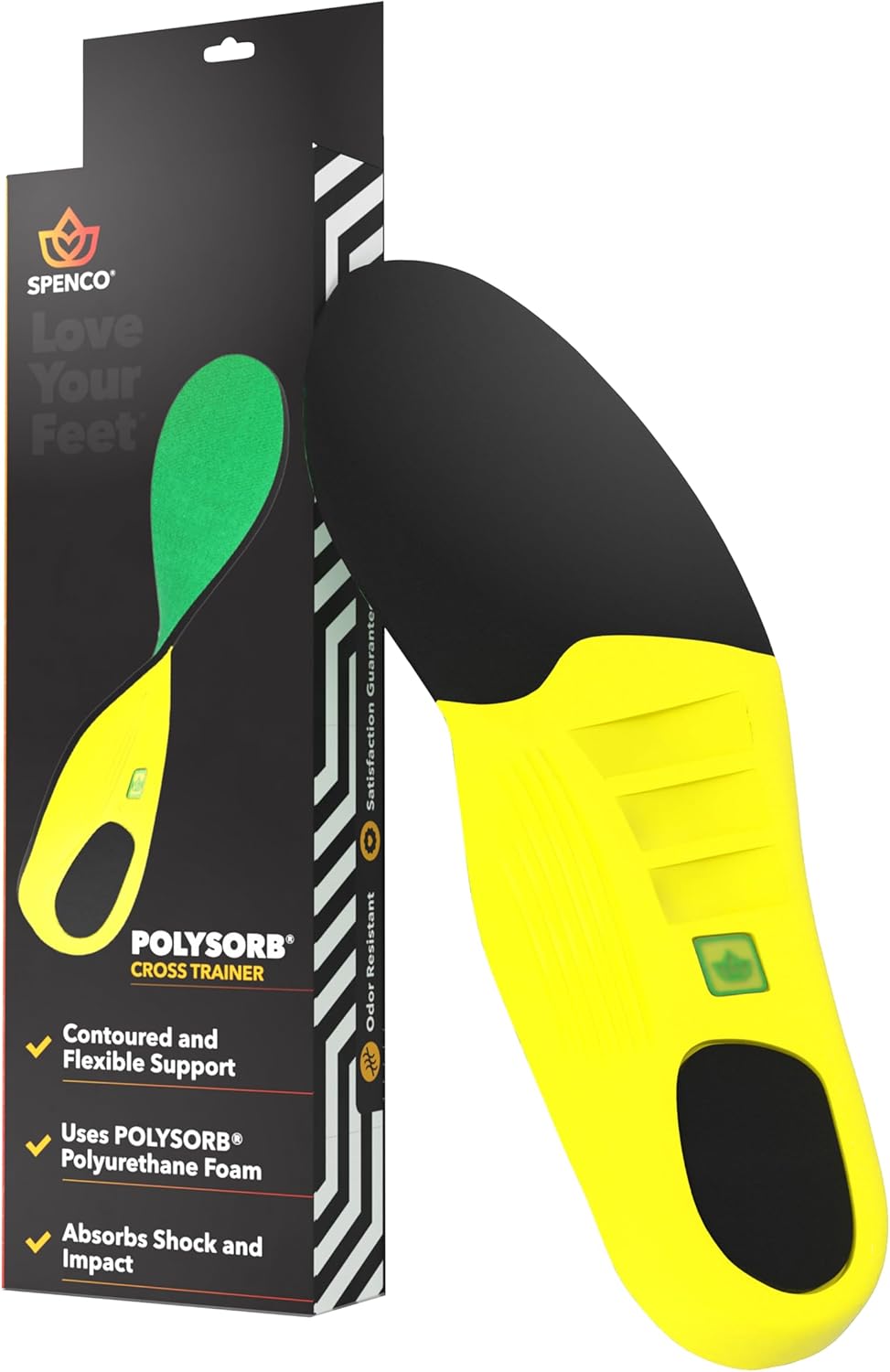
Ergonomic Sleep Aids and Lumbar Support
Adjustable pillows, lumbar cushions, or standing desk tools promote good posture throughout the day. Better alignment while sitting or sleeping complements chiropractic care. The Osteo Cervical Pillow is one comfort option to improve alignment while sleeping.
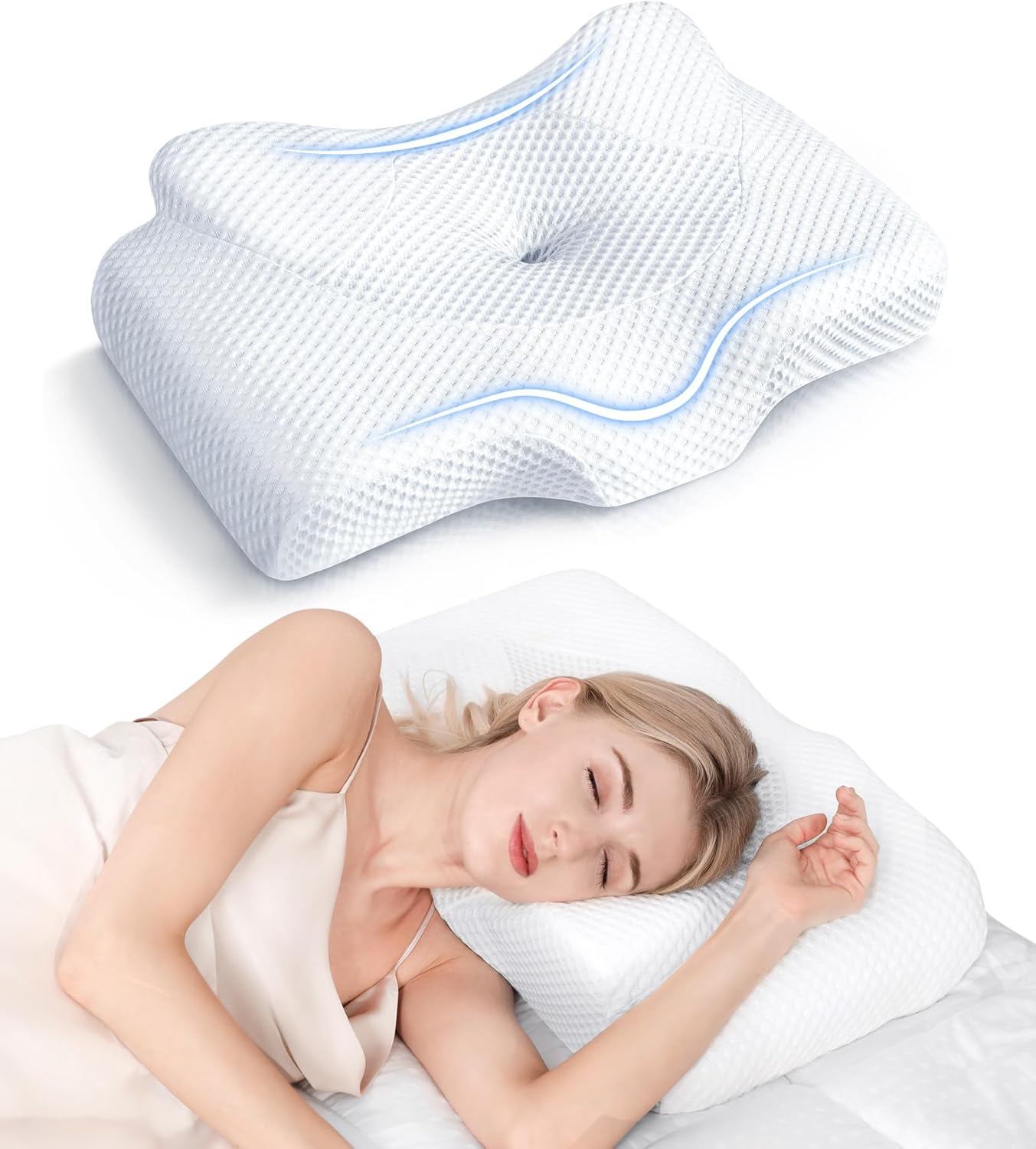
The Vamorry Lumbar Support Pillow for Bed Relief Lower Back Pain with Cooling Gel is another choice for those who need more lower back care:

Targeted Recovery Supplements
Nutrients like magnesium, omega-3s, and turmeric support muscle repair and inflammation control. While not a replacement for manual therapy, they can help reduce recovery time.
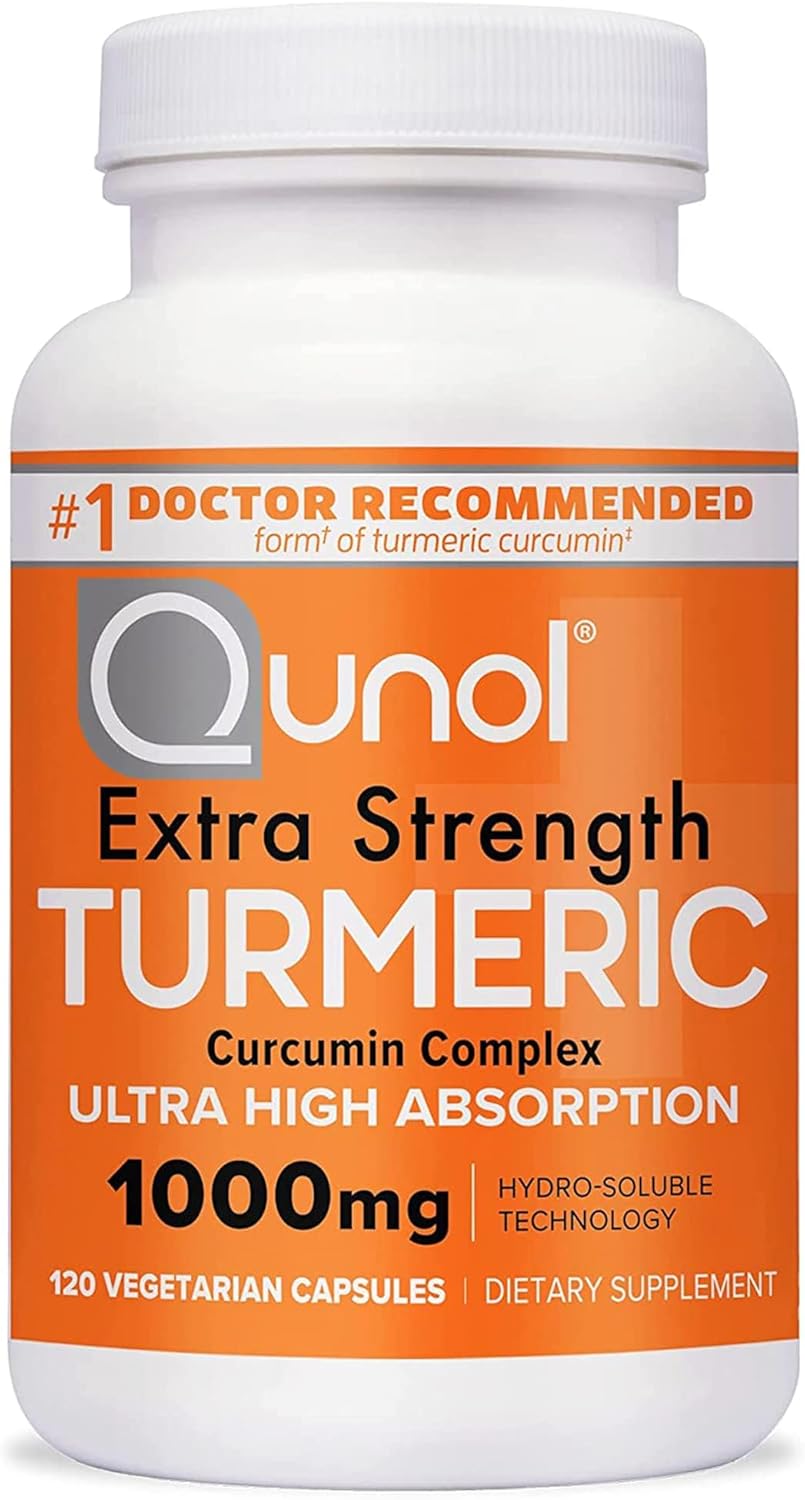

What to Expect After a Chiropractic Visit
Post-adjustment, many individuals report:
- Improved mobility and reduced tension
- A lighter, more aligned feeling during movement
- Better posture and energy levels
- Mild soreness (similar to after a workout), which typically fades within 24 hours
- Increased awareness of muscle imbalances or alignment issues
It is helpful to hydrate well, move gently, and avoid high-intensity workouts immediately following treatment, unless directed otherwise by the practitioner.
Will Chiropractic be a Part of Your Workout Recovery?
Chiropractic care is more than a treatment for injuries or back pain. It is a proactive, hands-on method for supporting the recovery process, improving physical performance, and keeping the body moving with precision and control.
For athletes, gym enthusiasts, and anyone living an active lifestyle, chiropractic care can be the difference between pushing through constant soreness and training with confidence. Used consistently and alongside smart tools like foam rollers, resistance bands, and mobility exercises, chiropractic care becomes a powerful piece of a complete recovery and performance plan.
Recovery Essentials Hub is your key to constructing the best post-workout recovery routine for your lifestyle and routine. Visit us for the latest information on supplements, helpful gear, and tips for all athletes.
This post contains affiliate links. If you click on one and make a purchase, I may earn a commission at no additional cost to you. Rest assured, I only recommend products or services I believe will provide value to my readers.
